Apple Car seats could change shape to help driver during sharp turns
A new Apple patent describes a system of automatically altering the shape of a car seat, providing further comfort or greater safety, while it is being driven.
A future Apple Car could have seats that provide extra safety for the driver and passengers during journeys, as well as more comfort options — and even longer-lasting fabrics. A new patent application details many different systems for making seats adjustable, both by the user, and dynamically when required.
US Patent No 10,569,672, "Adaptive tensile surface," describes improvements to regular car seat systems. It does also state that the technologies could apply to office chairs, but "more specifically to vehicle seats."
The patent maintains that current, conventional, car seats have fabric that becomes worn following use.
"Over time, the trim (e.g., fabric) that covers the seat contours becomes worn, stretched out, or otherwise fatigued," it says. "Trim fatigue is especially problematic for car seats with bolsters because car seats are heavily used and passengers rub against the bolsters when entering and exiting the seat."
Apple says that car manufacturers currently address this by dividing seats "into sections that are covered separately... so as to reduce material strain." What it proposes is have fewer sections, but use motors and processors to adjust the seats, either because a user requests it, or through different driving conditions.
"[This] adaptive seat suspension comprises... a flexible suspension mat providing support in a seat; and a motorized retractor coupled to the flexible suspension mat," it continues, "[and] the motorized retractor including one or more electric motors."
Car seats also often have what are called bolsters, or padded sections which are designed to keep the driver or passenger in a position that is comfortable for extended periods. Apple plans to have those bolsters be adjustable.
"The device comprises: a seat; an inflatable bolster within the seat, the seat having a covering that covers the inflatable bolster; a spool mounted below the seat; an electric motor coupled to the spool; and a spool sensor configured to: detect a change in spool tension," says the patent.
So rather than a fixed bolster with fabric that is continually rubbed against as the user gets in and out of the car seat, Apple's plan is to have one that adjusts itself. These bolsters could expand to provide better driving comfort, so that "entering and exiting the vehicle is facilitated because occupants are able to slide into and out of the seats with less resistance."
Furthermore, these "dynamic bolsters," can become movable dividers in seats such as the rear ones designed to carry more than one person.
"[Bolsters could] divide a bench seat into three sections to accommodate three occupants," it continues, "[and] stabilize lateral passenger motion and thus securely separate multiple passengers from sliding toward one another when the vehicle makes a sharp turn."
The patent is credited to ten inventors, specifically
Andrew W. Kooker, John J. Baker; Jonathon Folks, James G. Griffin, II, Jun Wooung Jeong, Craig Ogden, Lukas Satas, Zachary Segraves, Ben Walker and David Yates.
Between them, the group has previous related patents, including as Baker's "Motion control seating system," and Segraves's "Vehicle assembly having luminescent feature and method."
Apple has previously filed patents for car seats that advise you to buckle up, and which are surrounded with privacy-based interior lighting.
 William Gallagher
William Gallagher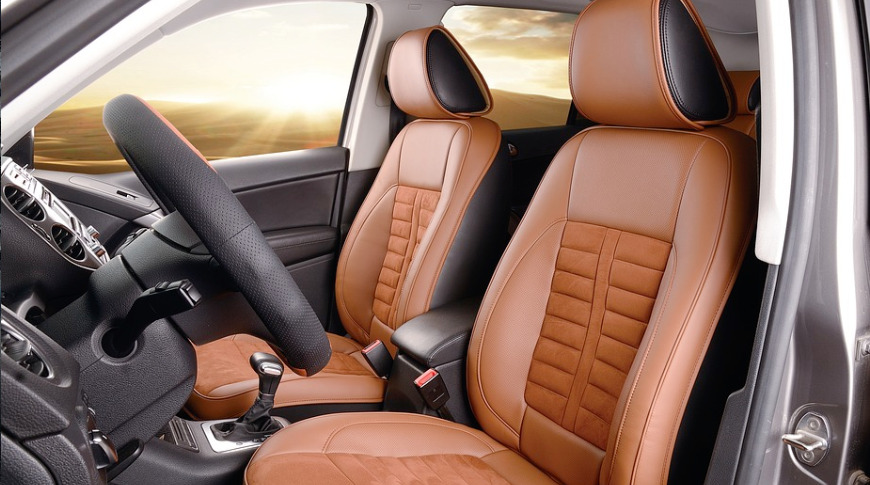
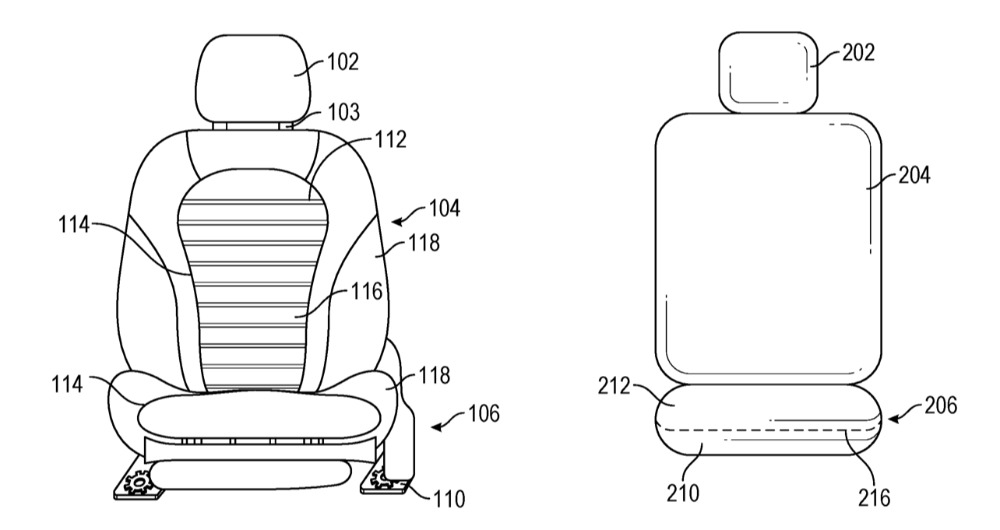
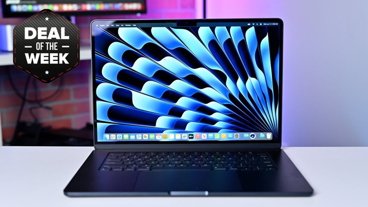













 Andrew Orr
Andrew Orr
 Malcolm Owen
Malcolm Owen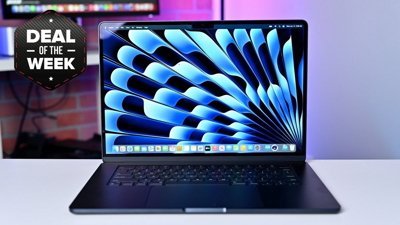
 Christine McKee
Christine McKee
 Chip Loder
Chip Loder
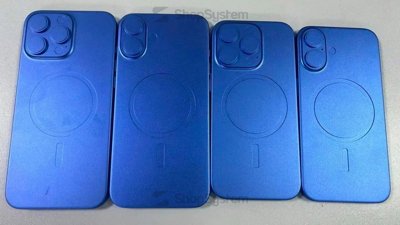
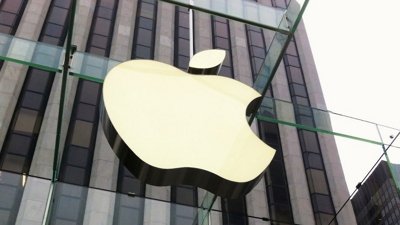
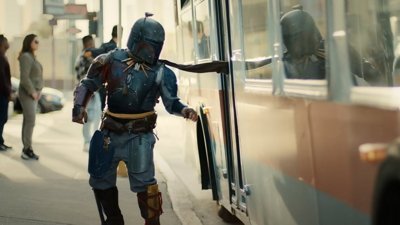
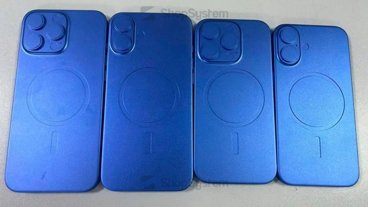
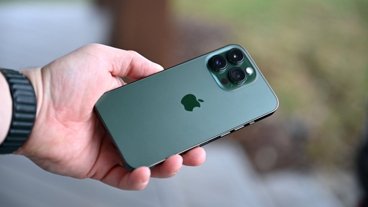
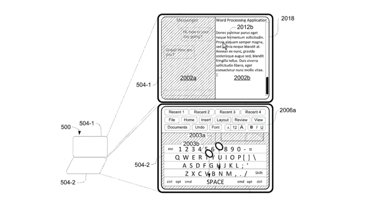






14 Comments
Transformer.
Useless.
We already have something many times more practical and not as expensive...it’s called memory seating.
Sounds a bit like a massage chair...
BMW has had active bolsters for some time now... I rode in a V10 M5 around Road America years ago that inflated bolsters to keep you tight in the seat. Not sure how this is new ? maybe because they mention a bench seat?
My first thought is we don't need to encourage people to take corners faster. Drivers already round corners faster than they can stop for an obstruction they can't see.
But this looks like it is to maintain passenger comfort while cornering. I get that. The driver does not feel as uncomfortable because you're hanging onto the steering wheel.
As for adjustable bolsters, yes -- my BMW has those. And I have used one of the presets to move the seat all the way back when I get in or out of the car. But it does not do this automatically. My Lincoln MKC, however, does do this automatically.